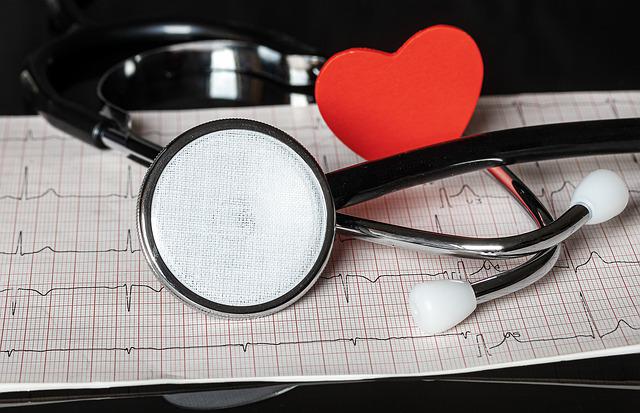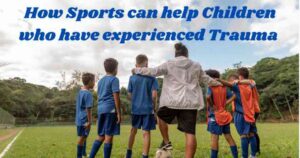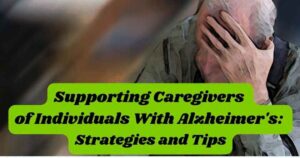Cardiovascular diseases, more commonly known as CVDs, are the leading cause of death in the United States, with more than 0.8 million people dying from it each year. That’s more than double the number of deaths caused by cancer each year and over four times the number of deaths caused by diabetes annually. In fact, according to the Centers for Disease Control and Prevention (CDC), roughly one in every three deaths among Americans can be attributed to heart disease or stroke. In addition to killing so many people each year, CVDs are also the main cause of disability among Americans and cost the U.S. healthcare system more than $444 billion per year.
The best ways to prevent CVDs are well known: eating healthy, exercising regularly, keeping your blood pressure and cholesterol in check, and not smoking. Yet many still don’t do these things or forget about it until it’s too late. Here’s what you need to know about CVDs in the United States.
Heart Disease in the United States
In the United States, one person dies from cardiovascular disease every 36 seconds. Every year, around 659,000 people in the United States die from heart disease, accounting for one out of every four fatalities.
Heart disease is also known as cardiovascular disease. There are many forms of heart disease, including coronary artery disease and stroke. The American Heart Association estimates that 85% of Americans die from one form or another; no wonder heart attacks are considered a leading cause of death for both men and women.
According to recent research, cardiovascular diseases have become increasingly common among adults between 18-64 years old. This has led to an increase in life insurance premiums, as well as a rise in health care costs associated with treating heart conditions. If you’re at risk for developing cardiovascular diseases due to family history or other factors, it’s important to be aware of your options when it comes to health insurance and medical coverage. Be sure to talk with your doctor about how you can reduce your risk factors today!

Risk Factors of Cardiovascular Disease
A risk factor is anything that ups your chance of developing a disease or condition.
Heart disease is aggravated by the below risk factors.
- High blood pressure
- High cholesterol
- Smoking
- Diabetes
- Obesity and overweight
- Unhealthy eating habits
- Physical laziness
- Excessive alcohol consumption
The American Heart Association estimates that more than 80 million people have at least one risk factor for cardiovascular disease, including smoking, lack of exercise, high blood pressure and high cholesterol. Most individuals can control these factors by making healthier lifestyle choices. However, genetics can also play a major role and account for approximately half of all cases.
Symptoms of Cardiovascular Disease
When you’re experiencing symptoms, your heart isn’t working at an optimal level. The most common symptom is chest pain, though not all people with cardiovascular disease have it. Other symptoms include shortness of breath, fatigue, dizziness and fainting. You might also experience anxiety or depression due to untreated cardiovascular disease because you can’t live as fully or engage in activities as vigorously as you used to.
Long-term cardiovascular diseases can lead to dementia if left untreated for long periods of time. It can also cause a stroke. Other complications from cardiovascular disease include bacterial endocarditis, which causes infections around your heart valve area; rheumatic fever; kidney failure; and death from cardiac arrest.
Diagnosis of Cardiovascular Disease
You can’t see your heart, so it’s hard to know if it’s healthy. The top two reasons for death in America are stroke and heart disease—and most people who die from these conditions were unaware they had them until it was too late. So how do you avoid a similar fate? Simple tests, like an annual echocardiogram or electrocardiogram, can help detect if you have any serious heart issues that need immediate attention. They should be done by a cardiologist and shouldn’t cost more than $100 out-of-pocket.
Treatment of Cardiovascular Disease
There is no cure for cardiovascular diseases. Treatment focuses on decreasing your risk factors or using medicines to treat heart disease symptoms. It’s important to recognize that treatments don’t necessarily reverse any damage you have already done and may not protect you from future attacks. Many people with a weakened heart must take medicines called blood thinners that help reduce their chance of blood clots and stroke. Others take cholesterol-lowering drugs, high blood pressure medications, or medicines to dissolve blood clots. If you have coronary artery disease, your doctor may recommend lifestyle changes such as stopping smoking and reducing stress levels, as well as weight loss (if overweight) and exercise.
Ways to Prevent CVDs from Occurring
Eating a healthy diet and getting regular exercise help prevent cardiovascular diseases from occurring. Dieting wisely and exercising regularly have proven to provide powerful benefits for most people, including lowering blood pressure and body fat. In addition, a cardiovascular disease can be prevented through physical exercise, as it enhances heart health by burning calories, strengthening muscles, increasing flexibility and endurance.
To protect yourself from suffering from cardiovascular diseases, begin with a bit of physical activity such as brisk walking for at least thirty minutes per day five days per week. By doing so, you will gain health benefits that help reduce your risk of suffering from life-threatening illnesses associated with CVDs.








